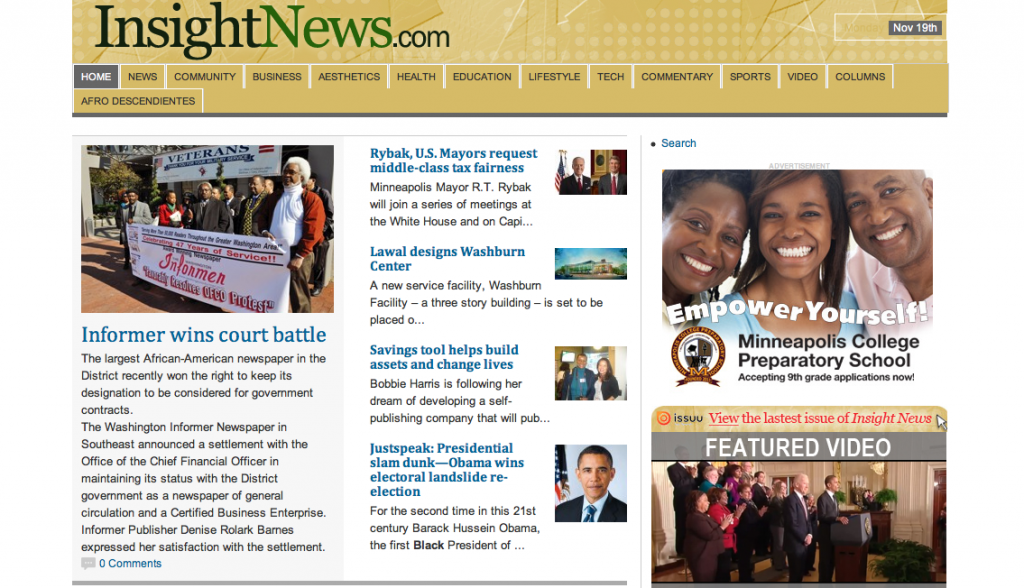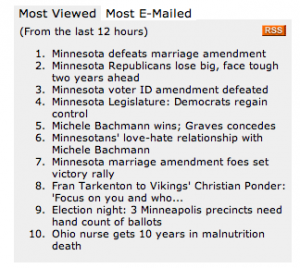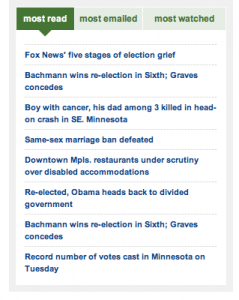A Fond Farewell
Posted on December 1, 2012 in GoodbiPadAs my time with the iPad is quickly coming to an end, I realize how attached I have grown to a technology that I never thought I needed. Getting the opportunity to use the iPad was such a great experience, because it was like a technology test drive, where I got to try out the iPad and all its capabilities for the semester. Prior to this class, my mom would often call or text me, asking me if I had heard about a particular news story or event. More often than not, my response would be something along the lines of “No, I don’t really watch the news. I live in the Notre Dame bubble.” During the course of this semester, though, I found that I was much more connected to the world outside of Notre Dame, as a result of the class discussions we had, as well as the convenience of the iPad.
Although I do not necessarily see myself continuing with the use of Twitter after this semester, it was interesting to see what it was all about after having been encouraged by my friends to join for ages. I still do not love Twitter, because I feel it is used by many people in a manner that is less than productive, it was interesting to learn about what a major asset it is becoming for journalists. While it was initially challenging for me to find a story to tweet everyday, I eventually found myself checking Twitter and finding stories to tweet without deliberately having to search for one. Admittedly, prior to this semester, the “news source” I most commonly read was probably people.com. Through the use of Twitter, I have been able to read headlines and stories more quickly and easily from a greater variety of sources. This is the same reason I also love the Flipboard app, because I was able to follow all the news sources I was interested in, as well as my social media networks, in one easy place. In fact, I think I like Flipboard more than Twitter, because I particularly like how visual it is, with the bold headlines and photos being more engaging.
It is going to be a sad day on Thursday when I have to return my iPad (I always have called it “my” iPad in denial of the that I would not be able to keep it…), but I really enjoyed having it for the semester in order to more completely immerse myself in the relationship between journalism and democracy. As a non-journalism student, this class was a great introduction of sorts. The use of the iPad allowed us to really immerse ourselves in the new technologies associated with the journalism profession. So not only were we learning about journalism and its conventions, but also acting as mini journalists as we also employed these technologies. So after a wonderful semester together, on Thursday I will fondly say “goodbiPad.”









